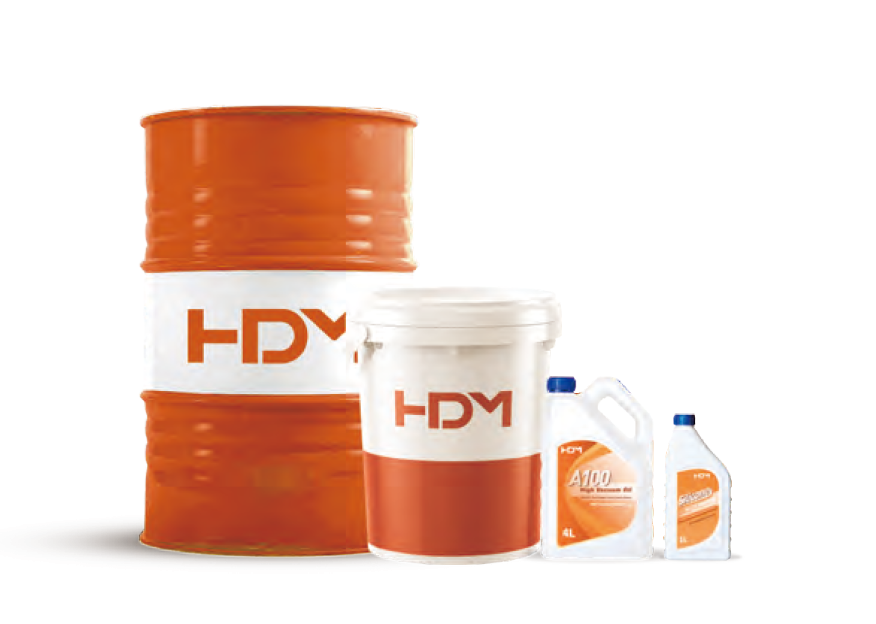
The automatic transmission is the most complex part in a car and one of the most expensive. Learn why the correct transmission fluid is critical to the proper operation and long life of your stepped automatic transmission.
There are three types of automatic transmissions: DCT (dual clutch transmission), CVT (continuously variable transmission) and stepped transmission (AT).
Main components of stepped automatic transmission
To understand the basic operation of a stepped transmission, you must understand its main components:
- Fluid Pump: Provides pressurized transmission fluid for multiple purposes throughout the transmission.
- Planetary gear set: Provides the vehicle with the selected gear ratio.
- Clutch or set of clutches: engages and disengages sets of gears.
- Torque Converter: Connects the transmission to the engine and multiplies torque during initial acceleration. It uses two independently rotating but fluidly coupled turbines that allow the engine to idle when the vehicle is stopped and produce smoother acceleration when shifting through gears.
- Mechatronics: the brains of the transmission. It is a complex system of ports, valves and electronics that control all transfer functions.
How does a stepped automatic transmission work?
During park idle, the pump assembly rotates to provide the pressurized fluid needed to operate the transmission. When the vehicle is in motion, the clutch connects the first gear set to the wheels. When you release the brake, the car starts to move. As the vehicle accelerates, the second gear clutch and planetary gears engage. After further acceleration, second gear is disengaged and the clutch and gears of third gear are deployed. All gear combinations work the same way.
The electromechanical brain calculates vehicle speed, engine load, and accelerator and brake positions, among other factors. It then sends high-pressure transmission fluid to engage the appropriate clutch pack and shift gears.
Different functions of automatic transmission fluid
Automatic Transmission Fluid (ATF) is essential to the good operation of an automatic transmission.
Automatic transmission fluid has to do many different jobs:
- It acts as hydraulic oil to engage the clutch pack and shift gears.
- It acts as a corrosion inhibitor and wear protection for planetary gear sets.
- It controls friction in the clutch pack and maintains friction throughout the oil change interval.
- It lubricates hundreds of moving parts even at high temperatures and extreme pressures.
In order to perform these various jobs perfectly, an automatic transmission must:
- Easily flows from -40°C to over 200°C even in delicate valve assemblies;
- Has low conductivity and is compatible with all electronic components.
The Importance of Choosing the Right Automatic Transmission Fluid
Modern ATFs include friction modifiers, special antiwear and anticorrosion agents, and chemicals to enhance high temperature performance and maintain specific viscosity.
Using the correct automatic transmission fluid is critical to the performance and long life of your transmission. Using the wrong fluid can cause excessive wear on the pump, gears and bearings, resulting in permanent damage and the need to replace the transmission.
A single mechanical failure could render the vehicle completely useless.








